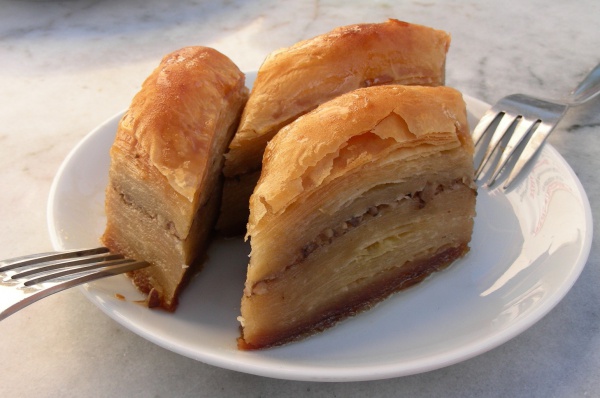Facts About Baklava
Baklava is a cherished dessert crafted from layers of filo pastry filled with chopped nuts and sweetened with syrup, honey, or frosting. It’s a staple in many cuisines, including those of the Levant, Middle East, South Caucasus, Balkans, Maghreb, and Central Asia. The name "baklava" originates from Ottoman Turkish, with possible ties to Mongolian and Turkic languages.
The history of baklava traces back to the imperial kitchens of Istanbul's Topkapı Palace, where it was perfected. Some theories link its origins to Roman placenta cake, Byzantine cuisine, Central Asian Turkic traditions, or Persian lauzinaq. Over time, baklava evolved, incorporating influences from Greek, Turkish, and Persian cultures.
To prepare baklava, you layer filo dough with nuts—usually walnuts or pistachios—and butter or oil. After baking, it’s soaked in a syrup mixture that often includes honey or rosewater. There are numerous regional variations, such as Turkish baklava with pistachios, Greek baklava with 33 layers symbolizing the years of Christ's life, and Iranian baklava flavored with rosewater.
In Azerbaijan, a special type of baklava called pakhlava is made for the Nowruz holiday. This version features yeasted pastry, nuts, and spices like clove and saffron. Azerbaijani pakhlava is multilayered and typically includes walnuts or almonds. Different varieties, such as Baku pakhlava, Ganja pakhlava, Rishta pakhlava, Guba pakhlava, and Sheki pakhlava, each offer unique ingredients and baking techniques.

 Georgia
Georgia